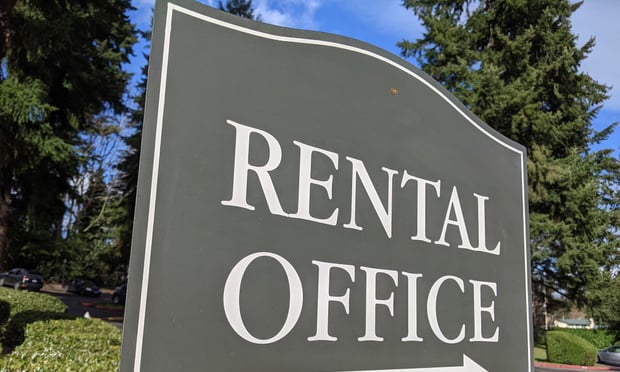
LAS VEGAS—Retail site selection is as much of a science as it is an art form. The more you understand the process and how retailers think, the more successful your deals will be.
Those thoughts were according to an ICSC RECon workshop here on Sunday, which covered everything you want to know about understanding the retailer's site selection criteria. Speaker David Huntoon, president of Intalytics, a predictive analytics firm, explored which locations would work well and which will not; what causes a retailer to select one site over another, what elements successful retailers look for when making their decisions; how to efficiently use demographics, zip code analysis, visibility, access and traffic flow; comparative analysis and sales forecasting; how to apply profitability models and pro formas; and how to analyze socioeconomic trends, fashion statements and psychographics.

Factors that drive successful unit performance, according to Huntoon, included customer segments, trade area extent, locational convenience, customer profile, competition, store prototype and more. “For many tenants, consumers represent the primary unit that purchases their goods and services. The composition of a retailer's customer base can have a significant impact on individual unit success.”
When it comes to trade area, according to Huntoon, it is the geographic area that accounts for a majority of a store's customers and sales and can vary significantly by retail type. “They are a term of convenience. The primary reason to define a trade area, is to be able to compare it to other existing stores.” He adds that trade areas vary significantly by urbanicity (rural locations will typically draw from a larger geographic area than suburban/urban locations). “It is important to provide a reasonable representation of a retailer's anticipated customer draw.”
Another factor that drives successful unit performance, Huntoon explained, is locational convenience and proximity. “The impact of locational convenience on store sales performance can vary significantly.” For example, he says that a supermarket needs to be proximate to population base, while a warehouse club like a Costco, for example, immediate population base isn't as relevant.
When it comes to customer profile, it is important to identify the relationship between consumer demographic/psychographic characteristics and store performance. “Who is the target customer? How much potential does each consumer represent for a retailer?” In addition, he said, the degree of customer segmentation varies significantly by retail type.

We also caught up with attendee Dan Sheridan, partner with Hoffman Strategy Group, about site selection, and he pointed out that retailers really need strategies and need the talent to execute on those strategies from site selection to store openings. In addition, he said, there is more of an emphasis on customer service moving from talk to action. “Retailers, grocers, etc. are hiring more people, developing employee training programs, etc. with number one goal to improve customer service. Acknowledgment that customers/guests cannot be taken for granted—consumers have more choices than ever on how to spend their time and money.”
Keep checking back with GlobeSt.com for more from experts in the next few days as we fully cover the RECon 2018 event, with thoughts not only from attendees and panelists, but coverage of sessions, parties and more. And check out some related stories below.
What Retail Streets Are in Need of
The Changing World of Consumer Preferences
ICSC RECon Attendees Talk Trends, Expectations
Trends and Tips for Those Heading to RECon This Weekend
What Mall Owners Are Looking For
Why RECon is a Good Way to Readjust Strategy
Experts Talk RECon; Retailer Expansion Plans and New Store Openings Abound
Want to continue reading?
Become a Free ALM Digital Reader.
Once you are an ALM Digital Member, you’ll receive:
- Breaking commercial real estate news and analysis, on-site and via our newsletters and custom alerts
- Educational webcasts, white papers, and ebooks from industry thought leaders
- Critical coverage of the property casualty insurance and financial advisory markets on our other ALM sites, PropertyCasualty360 and ThinkAdvisor
Already have an account? Sign In Now
*May exclude premium content© 2025 ALM Global, LLC, All Rights Reserved. Request academic re-use from www.copyright.com. All other uses, submit a request to [email protected]. For more information visit Asset & Logo Licensing.








